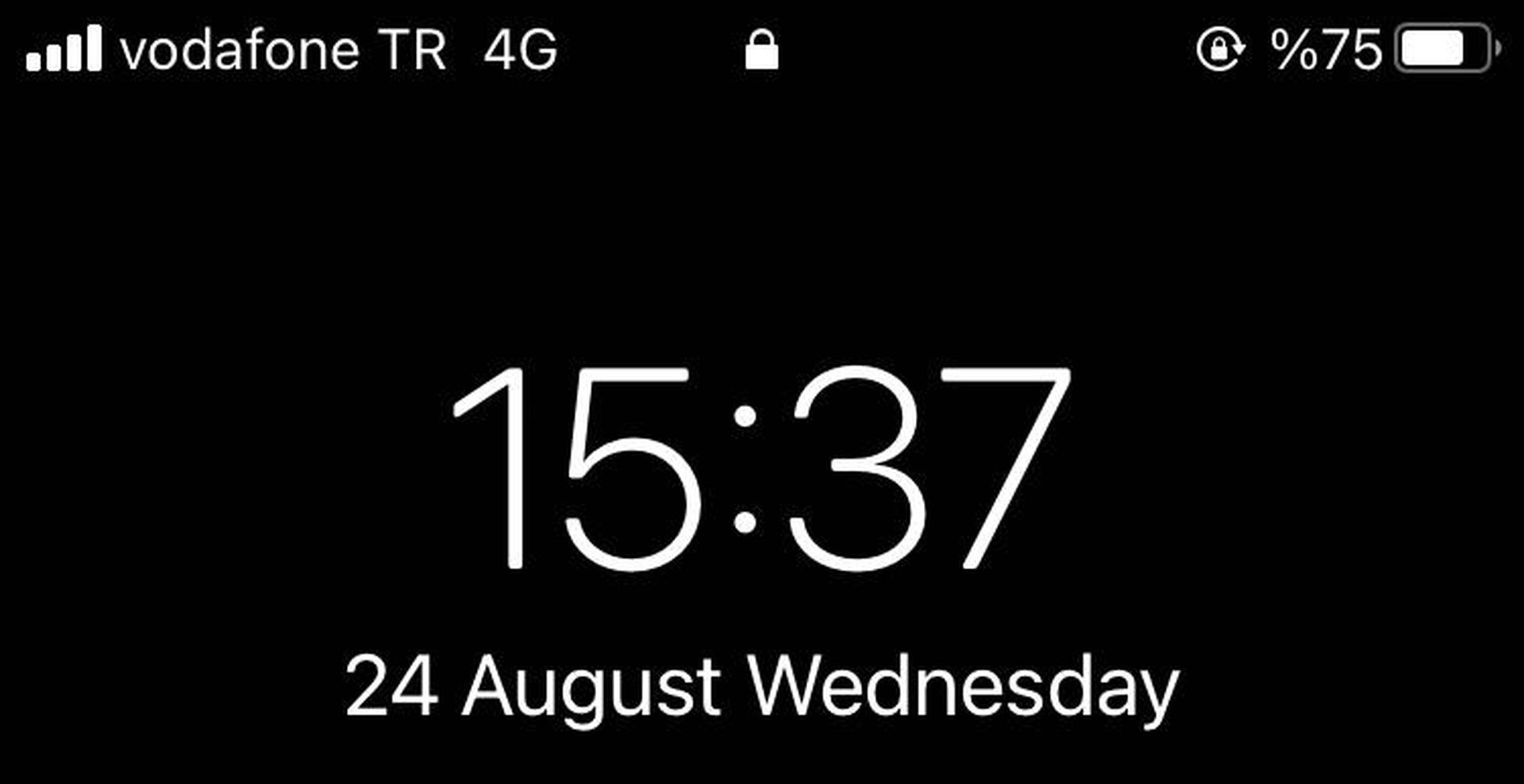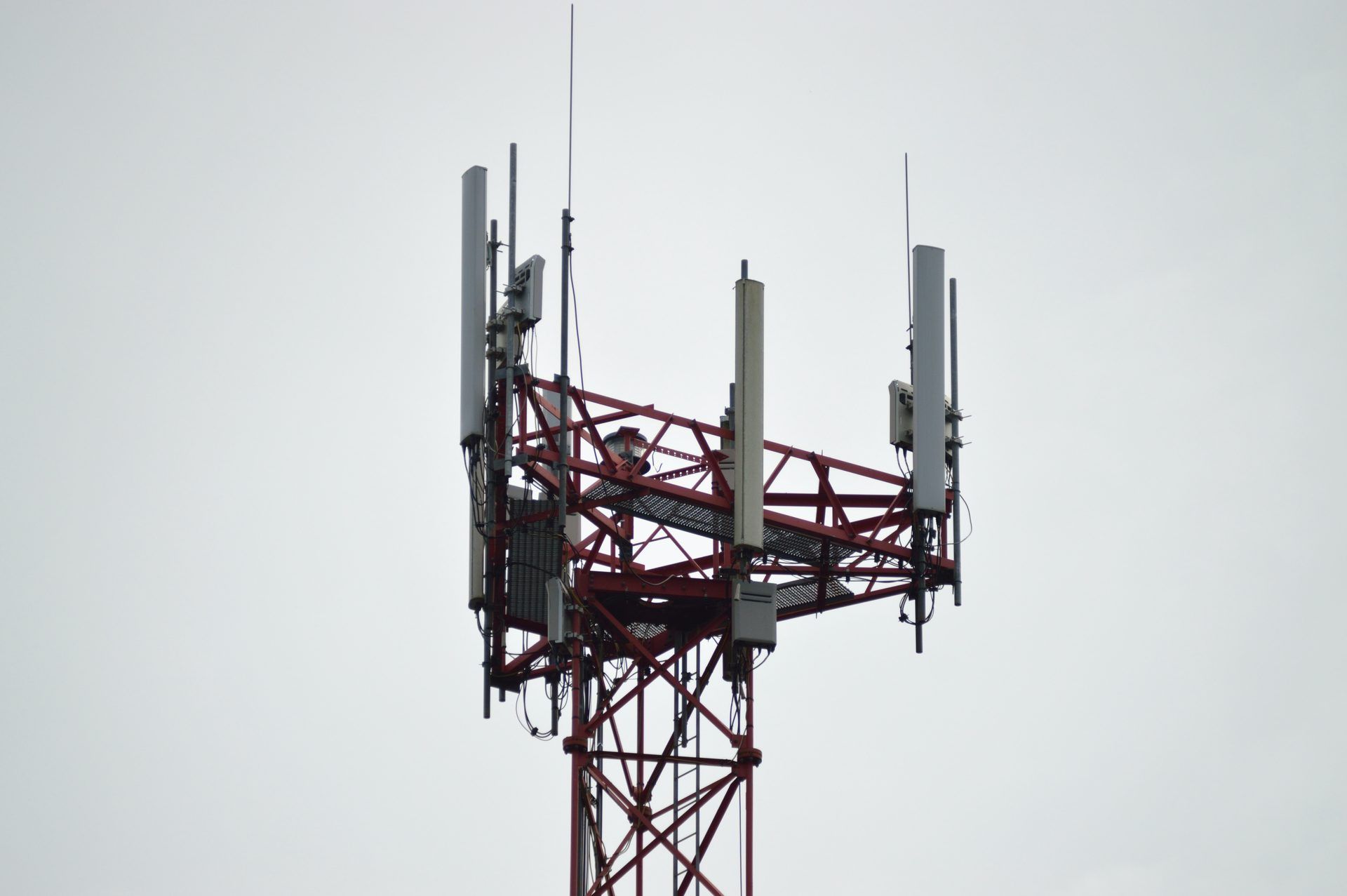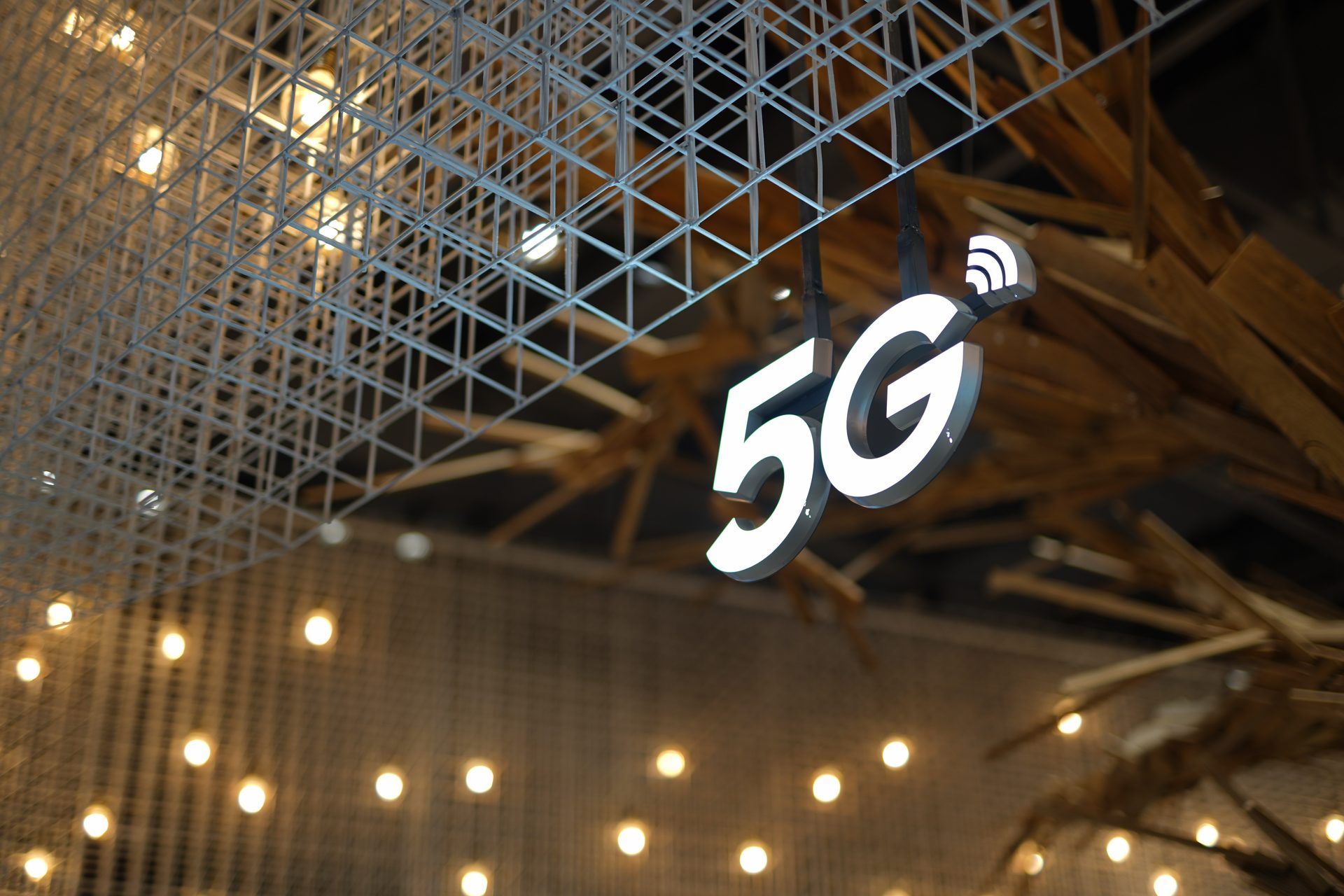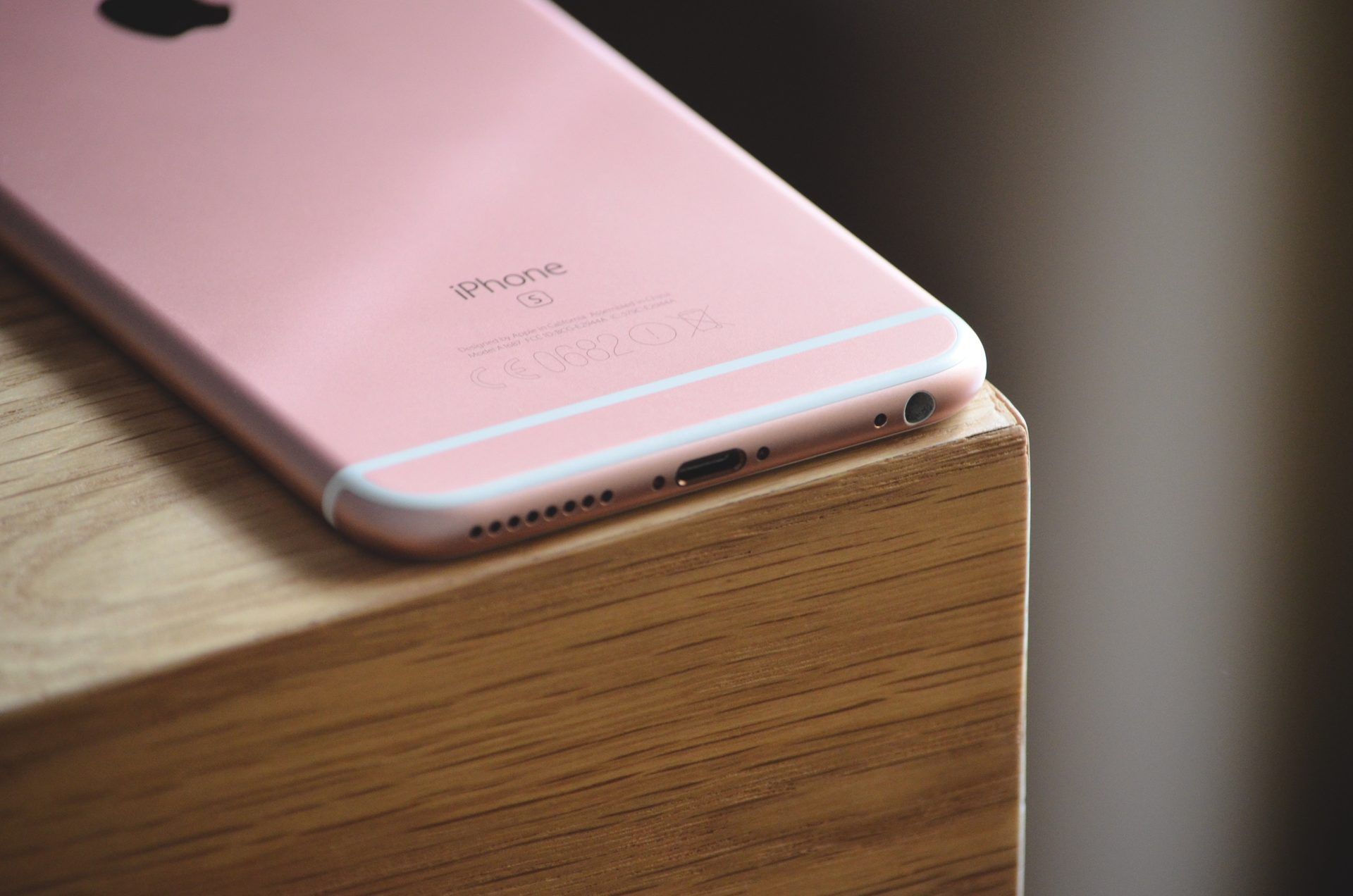In the 4G vs LTE comparison, we will talk about mobile networks, and although they have been in our lives for a while, their differences are still a matter of debate, and many people think they are the same thing.
The confusion has many reasons behind it, but many people are confused because some people call it as “4G LTE.” It’s crucial to understand that this does not imply that they are the same thing. So, what are the differences?
4G vs LTE: Which is faster, reliable, and better?
Numerous acronyms related to wireless broadband standards need to be remembered. A few things, though, are more crucial than LTE and 4G. When you upgrade your phone or cell provider, having a solid understanding of the differences between 4G and LTE (and now 5G) may be helpful.
Few consumers were aware of 2G at the time that mobile phones were still a novelty, even though it was essential to the whole communication sector. But as smartphones gained popularity in the wireless communication sector, there was a demand for a quicker Internet connection, which is why 3G was introduced. However, after 3G, 4G and LTE started a completely different era.
Smartphones already significantly dominate the telecom industry and significantly impact the majority of other businesses, including e-commerce, entertainment, information, and technology, to name a few. People are increasingly curious about what 4G and LTE are and how they differ from each other. To better understand, we must first precisely define what they are.

What is 4G?
Fourth-generation wireless (4G) replaces 3G as the standard for mobile broadband (third-generation wireless).
In March 2008, the ITU-R established standards for 4G connectivity, ensuring that any services referred to as 4G abide by a set of speed and connection requirements. Connection speeds must peak at least 100 megabits per second for mobile devices, including smartphones and tablets, and at least 1 gigabit per second for more fixed devices, including mobile hotspots.
Because they were designed as a target for developers and a far-off point in the future that represented a major advance over the existing technology, these speeds were unheard of when the standards were first established. The systems that run these networks eventually caught up, not just because new broadcasting technologies were included in products but also because the previously existing 3G networks were enhanced to the point where they could be categorized as 4G.

You can see the differences between generations in below table:
| 1G | 2G | 3G | 4G | 5G | |
| Date | 1980s | 1990s | 2000s | 2010s | 2020s |
| Download speed | 2 Kbps | 384 Kpbs | 56 Mbs | 1 Gbps | 10 Gbps |
| Latency | N/A | 626 ms | 212 ms | 60-98 ms | <1 ms |
What is LTE?
The acronym LTE, which stands for “Long Term Evolution,” refers to a specific type of 4G technology. While this technology is far quicker than 3G, which was once measured in kilobits per second rather than the more recent megabits per second, “real” 4G is still slower than it.
For a very long time, the “4G” icon that appeared in the upper right corner of your phone wasn’t quite accurate. Despite the enormous amounts of money that tech companies invested in reaching them, they were largely unachievable when the ITU-R set the minimum speeds for 4G. As a result, the governing body agreed that LTE, the technology utilized to achieve those criteria, might be referred to as 4G if it offered a significant advance over 3G technology.
What is 4G LTE?
Networks advertised their connections as 4G LTE almost instantly, using this marketing gimmick to claim next-generation connectivity without having to meet the necessary threshold. Though speeds vary based on location and network, it’s not wholly deceptive because it’s easy to tell the difference between 3G and 4G.
You may have heard about LTE-A, which only complicates matters further. This technology, known as Long-term Evolution Advanced, brought us closer to having true 4G. Compared to standard LTE, it provides quicker speeds and more stability.
Additionally, it is backward compatible and functions by aggregating channels so that you can download data from numerous sources simultaneously rather than only connecting to the strongest signal nearby.
4G vs LTE: Main differences
4G vs LTE comparison can be difficult to decide which network to utilize or to comprehend why the two networks are comparable but distinct when they coexist.

4G vs LTE: The main differences are:
- 4G uses packet switching, while LTE uses circuit-switching for data transfers.
- Depending on where you are, 4G’s coverage area is higher.
- 4G is faster than LTE.
- LTE’s signal strength is slightly better than 4G.
- 4G has better latency than LTE.
- 4G users typically consume more data than LTE.
- There are no price and affordability differences between them.
- 4G is better suited for sharing hotspots than LTE.
So, let’s take a closer look at the differences between 4G vs LTE.
Packet-switching vs circuit-switching
One of the differences is how data is transferred between 4G and LTE. Data must be packaged and transported through a connection on the internet, regardless of the transferred content or the network used.
The LTE technology and older networks employ a circuit switching network. Circuit switching technology is the term used to describe the communication system. In this approach, a network-wide link is established directly between the sender and the recipient. Throughout such connection, just one direct line will be used for all types of data transfer. This could be a complete phone call, file transfer, download, etc. The advantage of circuit switching networks is faster connection times. Additionally, the link is less likely to break after establishing it.
On the other hand, 4G networks use a packet-switching data transport mechanism. This more recent system can benefit from the growing number of connected sites around the planet. It is crucial to protect against packet sniffing when utilizing a packet-switching network because the data transported across the network is divided into smaller bits called packets.
These packets are sent across any available conduit to the desired target. As a result, it chooses the most effective route at the time. You can resend missed packets, which lowers the amount of data loss. It is an extremely effective method for transferring data.
Coverage
Choosing what generation or kind of network to utilize requires careful consideration of several important factors, including coverage area. Whether your 4G equipped phone can run at its fastest and most effective depends on the area coverage. The network user’s location affects the LTE and 4G coverage areas.
In more developed nations, 4G has been fully implemented and is practically universally utilized, whereas LTE usage is declining. But in less developed areas, LTE (4G LTE) is used instead of actual 4G.
No matter where you are, 4G has recently gained cultural awareness and popularity. As a result, the LTE network has been gradually phased out, giving it an advantage. However, you must look for a carrier with the finest coverage if you wish to use 4G LTE. You can also go one step further and examine the network speeds and signal strength at multiple retail locations.
Data transfer speed
Which is more quickly, LTE or 4G? When compared to the original LTE, 4G is much quicker. Significantly faster is 4G. True 4G gives up to 1,000 Mbps, whereas LTE only offers 100 Mbps. The disparity vanishes when we compare LTE-A speeds, which also provide 1,000 Mbps. Because it depends on the LTE or LTE-A technology you are utilizing, there is no definitive answer to this question. Since most networks support LTE-A, most users benefit from the fast upload and download rates.

Signal strength
The quality of network standards known as “signal strength” refers to the power output of a transmitter as it is received from a reference antenna at a distance. Millivolts per meter (dBmV/m) is the unit used to express signal intensity.
Its measurement takes into account variables such as RSSI (Received Signal Strength Indicator), RSRP (Reference Signal Received Power), RSRQ (Reference Signal Received Quality), and SINR (Signal to Interference plus Noise Ratio).
An RSRP value of roughly -80dBm for LTE networks indicates outstanding signal strength with maximum data rates. Additionally, the operating range of 4G networks is around -90dBm. On both networks, this has a slight difference in data transfer speed. The impact is less noticeable, though, as data rates plateau at a signal level of -100dBm.
Latency
A packet of data must travel from one designated location to another for a certain amount of time, which is latency in communication technology. It stands for lags in data transmission back and forth across a network. The optimal latency time is 0 and is practically attainable.
There is a significant difference between 4G technology and LTE in terms of latency. The average LTE latency is ten milliseconds. This denotes a 10ms delay in data flow between two network nodes.
In contrast, 4G has a 5-millisecond latency. That makes up half of the delay when LTE service is cut off suddenly. As a result, 4G has better latency than LTE.
Data consumption
Given that 4G is quicker than LTE, 4G users typically consume more data at once than LTE users. This is because they have access to more features than an LTE subscriber. They may have visited many websites in one hour while simultaneously downloading a 1GB file. On LTE, this will take longer, giving the impression that they used fewer data at the end of the month or billing cycle.
Price and affordability
Every user must consider the price while selecting service providers and the type of network. Because both devices were released around the same time, the pricing difference between LTE and 4G is not very obvious.

LTE requires a less expensive backhaul than 4G and is more IP-oriented. However, there is no discernible price difference. Marketing, manufacturers of mobile phones, modems, routers (both conventional and mesh routers), and network service providers all impact how much 4G vs. LTE costs. Newer product versions will almost always cost more than older ones, especially when they first appear. Both 4G and LTE devices are affected by this.
Hotspot support
Hotspot-equipped mobile devices can share their internet connection with neighboring Wi-Fi-capable devices. Similar to how routers and standard Wi-Fi operate. With other phones, tablets, and computers, both LTE and 4G can share hotspots.

However, 4G is better suited for sharing hotspots due to its speed. Since most public spaces offer free managed Wi-Fi, using LTE may not present too much of a problem. However, it should be taken into account when evaluating both networks.
4G vs LTE vs 5G (Briefly)
After 4G vs LTE comparison, it is time to find the differences from 5G.
In every regard, 5G is anticipated to be superior to 4G. The upload and download rates of 5G are faster, and the latency is lower. These characteristics make 5G more data-efficient than 4G, which makes it perfect for emerging technologies like the Internet of Things (IoT).
Check out what is artificial intelligence of things (AIoT)
Although 5G is coming, the International Telecommunication Union-Radio has not yet established the requirements for real 5G. (ITU-R).

However, as 3G continues to cohabit with 4G and LTE today, it is conceivable that 5G and 4G will be utilized concurrently if 5G becomes standardized.
Do you know industrial operations will get a boost with the 5G?
How long before 4G is obsolete?
4G and LTE will coexist for a considerable amount of time.
Will 4G and LTE stop after 5G? No. They won’t be obsolete for at least 10 years. Therefore, 5G won’t replace them soon.
Is it worth buying a 4G phone in 2022?
In 2022, it will definitely be worthwhile to get a 4G phone. You can use all the functions of a phone if you purchase a 4G phone.
Snapdragon 845, an older 4G chipset, is nevertheless capable of handling any application.

The benefit of purchasing a 4G phone is that you won’t have to sacrifice functionality.
Conclusion
Choosing between LTE and 4G technologies might be difficult because they are similar in how network systems evolve. No obvious distinctions could make it simple to identify one as the best option for a given application. At any period, there are still a few selections that are preferred.
Nevertheless, 5G is generally accessible on new flagship devices like the iPhone 13 and Pixel 6. But don’t worry, there is still a lot of time for 4G and LTE.
Did you enjoy the 4G vs LTE comparison? Comment below and share!





